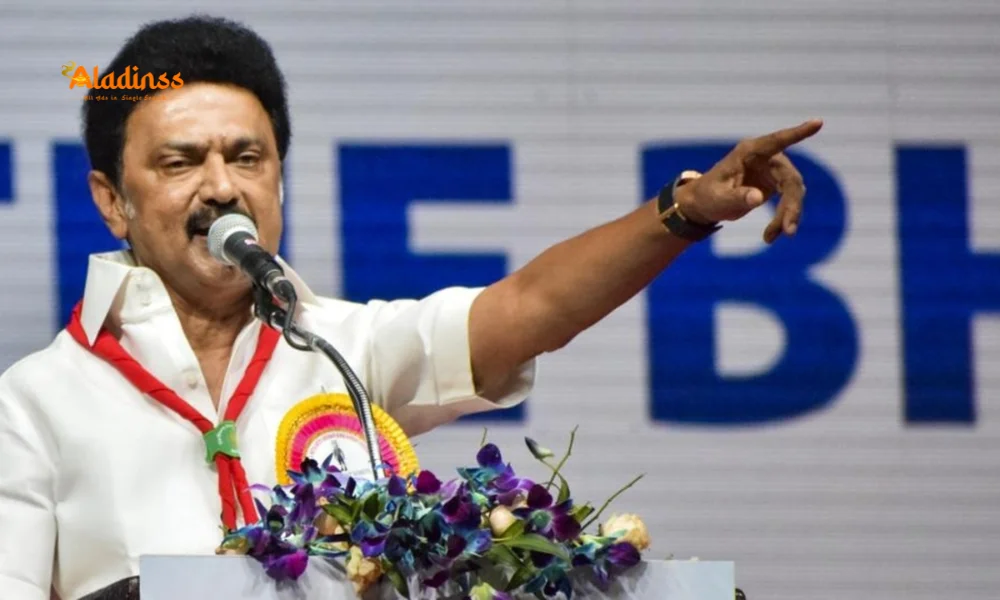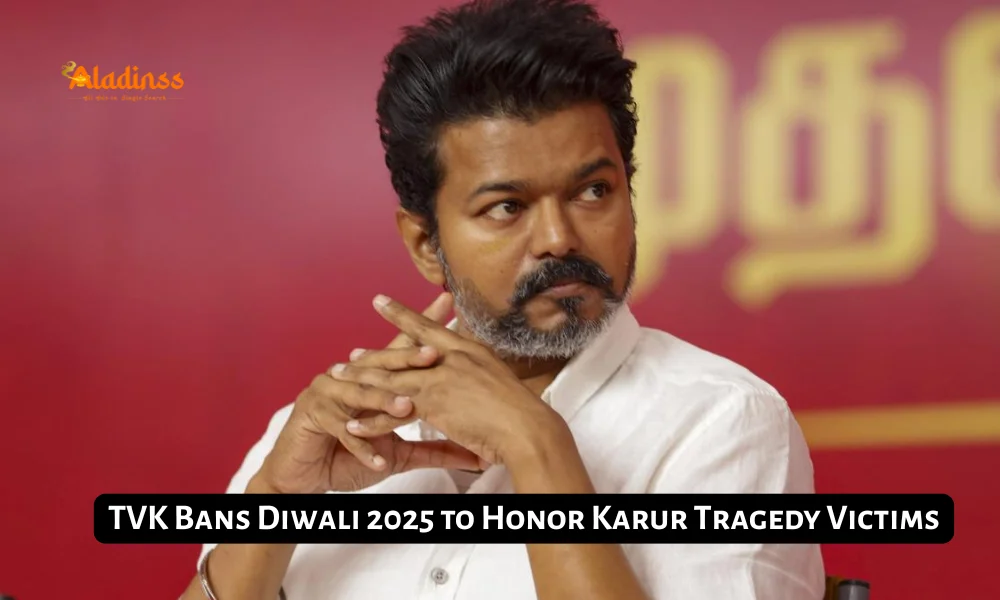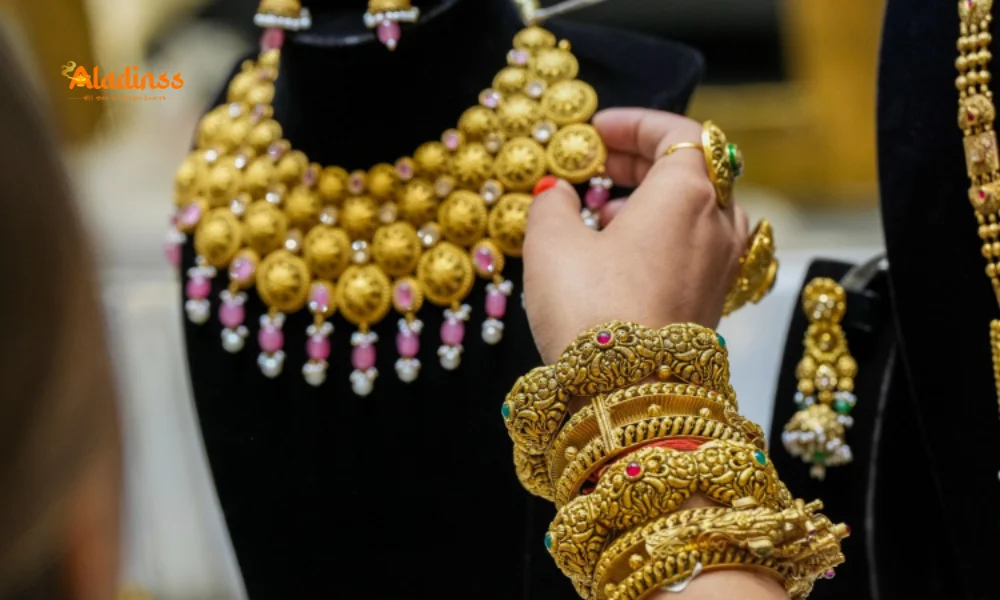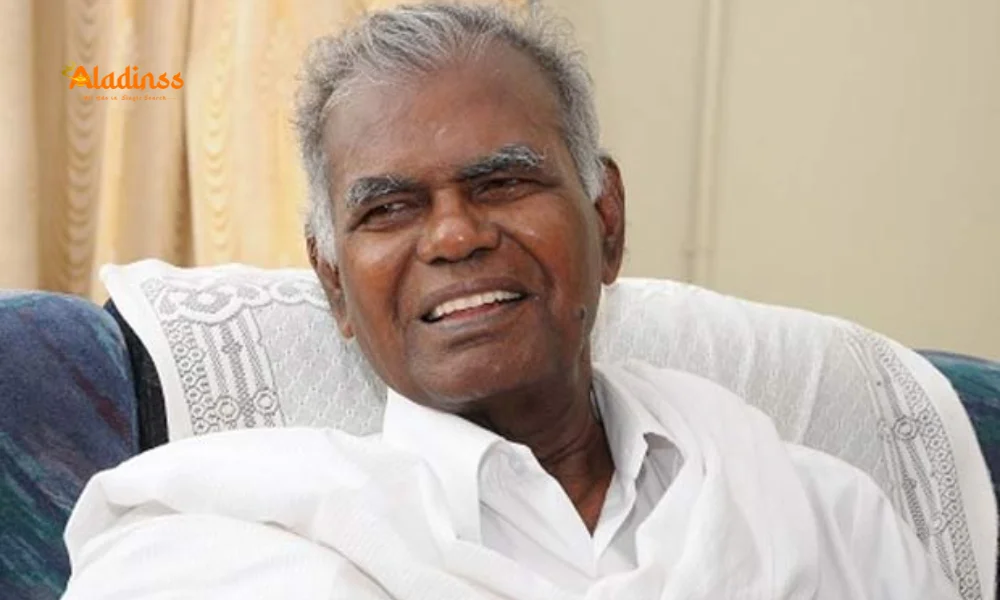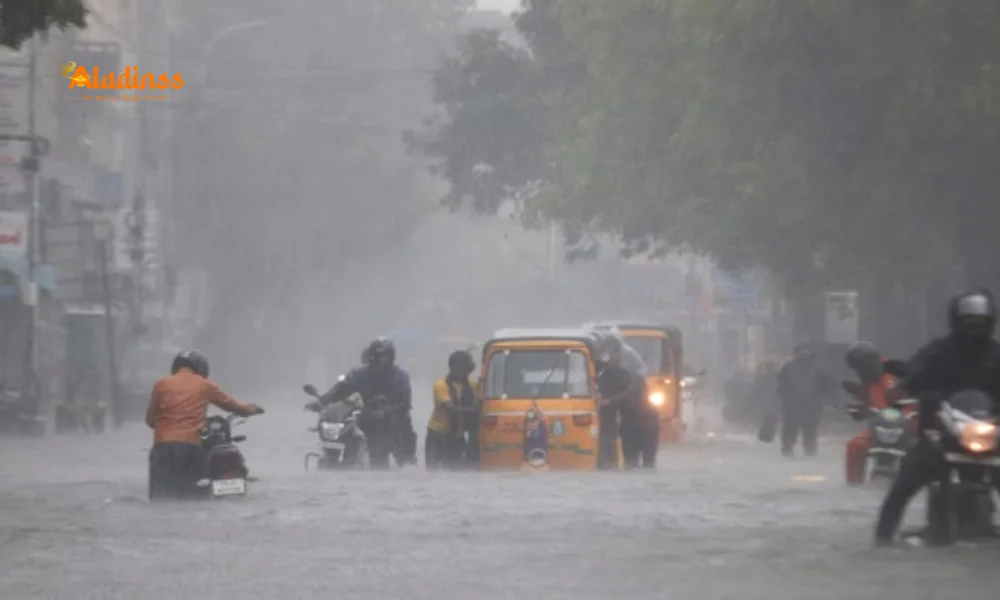China’s 2025 Military Parade: Putin, Kim Attend
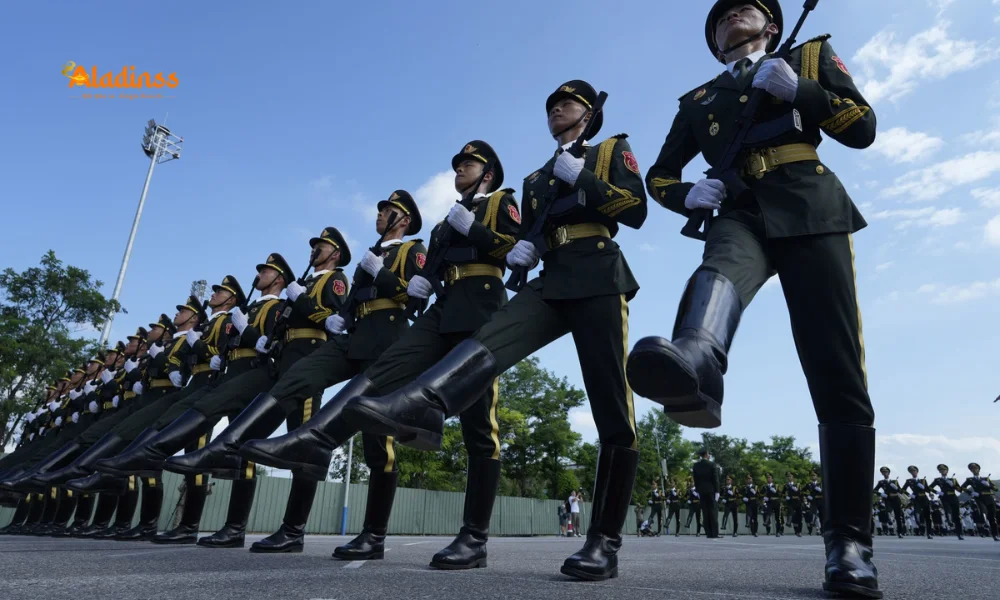
China’s Grand Military Parade 2025: Putin, Kim Jong-un Attend
In a powerful display of geopolitical unity, Chinese President Xi Jinping hosted a grand military parade in Beijing’s Tiananmen Square on September 3, 2025, to commemorate the 80th anniversary of Japan’s surrender in World War II. The event, attended by 26 world leaders, including Russian President Vladimir Putin and North Korean leader Kim Jong-un, showcased China’s growing military might and diplomatic influence. The parade, one of the largest in recent years, featured advanced weaponry and symbolized a collective stance against Western pressures amid global trade tensions.
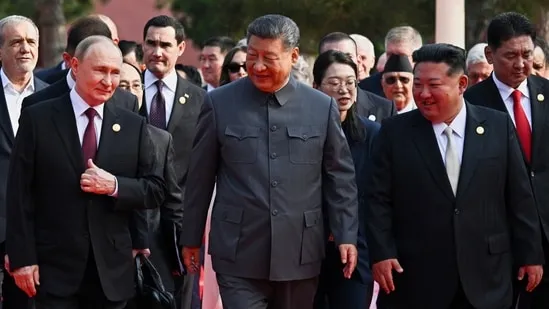
A Historic Gathering of Leaders
The presence of Vladimir Putin and Kim Jong-un alongside Xi Jinping marked a rare and significant moment, as it was the first time the three leaders appeared together publicly. Kim Jong-un, who rarely travels abroad, arrived in Beijing via his signature armored train and was warmly welcomed by Chinese Foreign Minister Wang Yi. The North Korean leader’s attendance at the parade, his first multilateral international meeting, underscores China’s diplomatic pull in bringing together leaders of sanctioned nations like Russia and North Korea. The event also included leaders from Belarus, Iran, Indonesia, and Serbia, among others, with Slovakia’s Prime Minister Robert Fico being the only Western leader present.
The parade, held on September 3, 2025, was a meticulously choreographed spectacle, featuring tens of thousands of troops, fighter jets, hypersonic missiles, and advanced drones. It served as a platform for China to project its military strength and foster solidarity with nations like Russia and North Korea, which face increasing Western sanctions. The event also highlighted China’s narrative of its pivotal role in World War II, emphasizing the Communist Party’s contributions to the victory over Japan.
Geopolitical Implications Amid Global Tensions
The timing of the parade is particularly noteworthy, as it coincides with heightened global trade tensions, particularly due to U.S. President Donald Trump’s imposition of high tariffs on countries worldwide. The leaders of China, Russia, and North Korea are expected to hold consultations during the event to address these economic challenges and strengthen their strategic alignment. This gathering signals a collective defiance against the U.S.-led global order, with China positioning itself as a leader in an alternative geopolitical framework.
The parade also comes on the heels of the Shanghai Cooperation Organization (SCO) summit in Tianjin, where leaders like Putin and India’s Prime Minister Narendra Modi discussed regional security and economic cooperation. While Modi skipped the parade, his recent interactions with Xi and Putin underscore the shifting dynamics in global alliances. The presence of leaders from nations like Iran and Belarus further highlights the emergence of what some analysts call an “axis of upheaval,” a coalition of nations challenging Western dominance.
Kim Jong-un’s Rare International Appearance
Kim Jong-un’s participation in the parade is a notable departure from his usual isolationist stance. Since assuming power in 2011, Kim has made only 10 foreign trips, with his last visit to China in January 2019. His decision to attend the Beijing parade, accompanied by his daughter Kim Ju-ae, widely considered his likely successor, signals an intent to bolster his global stature. Analysts suggest that Kim aims to balance North Korea’s relationships with China and Russia while signaling to the world that Pyongyang has powerful allies. This move could also be linked to efforts to revive diplomacy with the U.S., especially after Trump expressed interest in meeting Kim again.
Kim’s presence alongside Xi and Putin during the parade was a striking visual, with the three leaders walking together and engaging in discussions. This public display of unity is a diplomatic win for Xi Jinping, who has been pushing for a Beijing-led world order. For Kim, the event offers a rare opportunity to appear as an equal among major world leaders, elevating his status on the global stage despite North Korea’s heavy international sanctions.
China’s Military Might on Display
The military parade showcased China’s advanced weaponry, including nuclear intercontinental ballistic missiles, hypersonic weapons, laser weapons, and robotic drones. With over 2 million active personnel, the People’s Liberation Army (PLA) is the world’s largest military, and the parade highlighted its growing capability to rival the United States in potential conflicts. The display of cutting-edge technology, such as autonomous drones and underwater vehicles, underscored China’s focus on modernizing its military to strengthen its position in the Asia-Pacific region.
The parade also served a domestic purpose, reinforcing the Chinese Communist Party’s legitimacy by emphasizing its role in defeating Japan during World War II. Xi Jinping’s speech at the event underscored China’s “unstoppable” progress and called for global peace while warning against confrontation. The release of 80,000 doves at the parade’s conclusion symbolized this message, though the event’s underlying tone was one of military strength and defiance.
Diplomatic and Economic Context
The parade occurs against the backdrop of complex global dynamics. China and Russia have deepened their “no-limits partnership,” with Beijing providing economic support to Moscow amid Western sanctions over the Ukraine conflict. North Korea, a treaty ally of China, relies on Beijing for economic aid to counter sanctions related to its nuclear program. The presence of both Putin and Kim in Beijing signals a strengthening of this trilateral relationship, particularly in response to U.S. trade policies under Trump’s administration.
The event also reflects China’s broader diplomatic strategy to engage with the Global South and nations in Southeast Asia and Central Asia. Leaders from Indonesia, Malaysia, and Pakistan attended the parade, highlighting Beijing’s efforts to expand its influence in these regions. The absence of major Western leaders, except for Slovakia’s Fico, underscores the geopolitical divide, with the parade serving as a platform for China to assert its leadership in an alternative global order.
Historical Significance of the Parade
The “Victory Day” parade commemorates the end of World War II, specifically Japan’s formal surrender on September 3, 1945. China’s emphasis on its role in the war, referred to as the War of Resistance Against Japanese Aggression, is a sensitive topic in its relations with Japan. The conflict, which began with Japan’s invasion of Manchuria in 1931, resulted in millions of Chinese casualties. The parade serves to reinforce China’s historical narrative and rally domestic support by highlighting the Communist Party’s contributions to the victory.
The event also has implications for China’s relations with Taiwan, which was returned to the Republic of China after Japan’s surrender. The parade’s focus on World War II history underscores ongoing tensions, as China seeks to assert its narrative over the period. The presence of war veterans and the emphasis on China’s sacrifices further amplify the patriotic sentiment surrounding the event.
Comment / Reply From
No comments yet. Be the first to comment!
